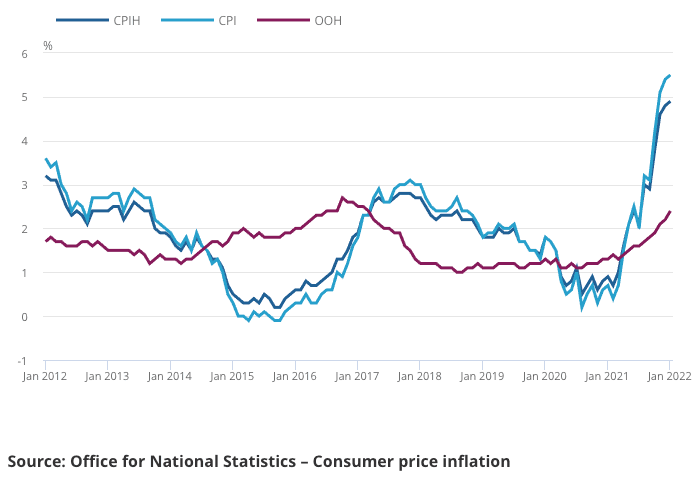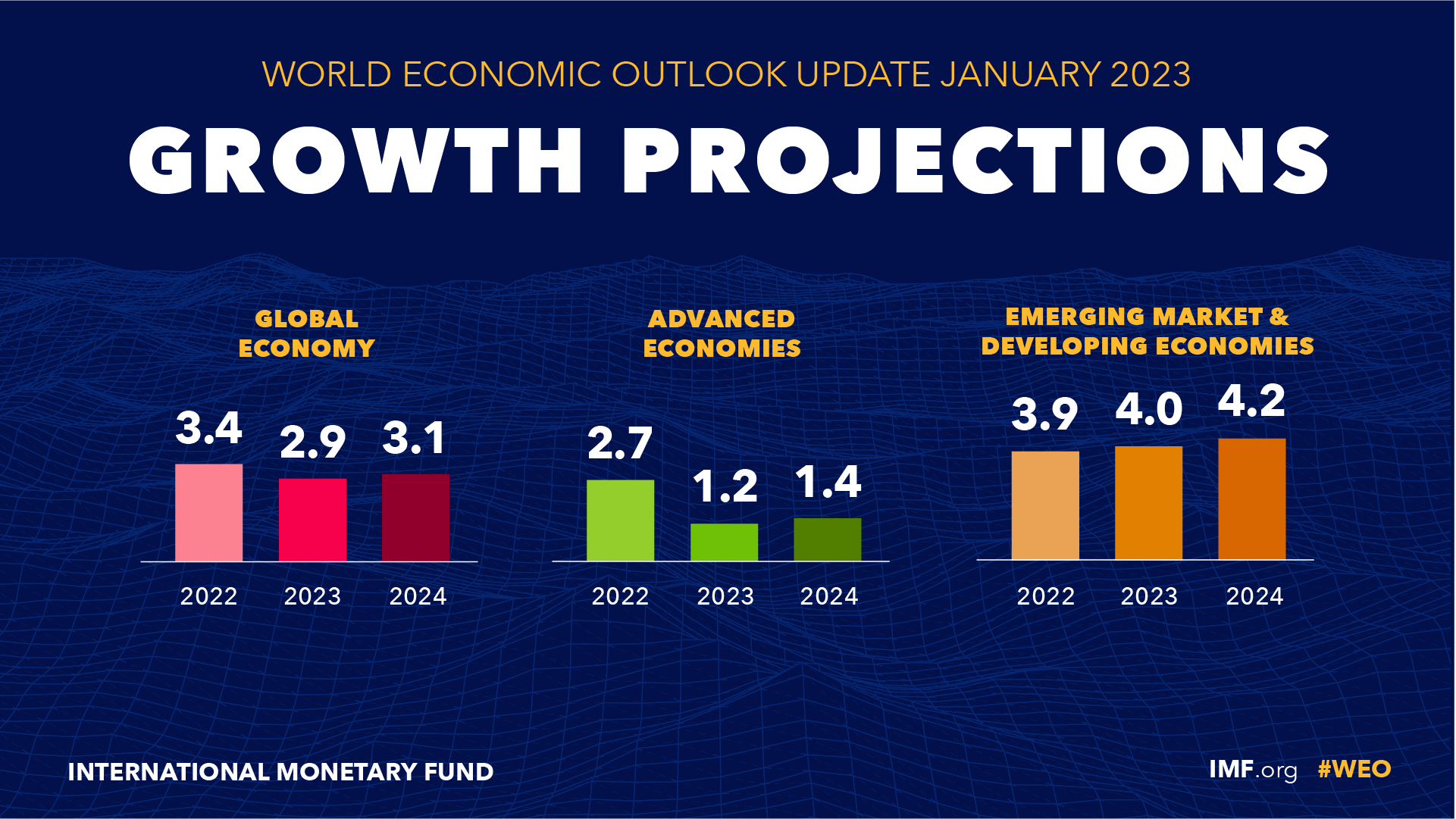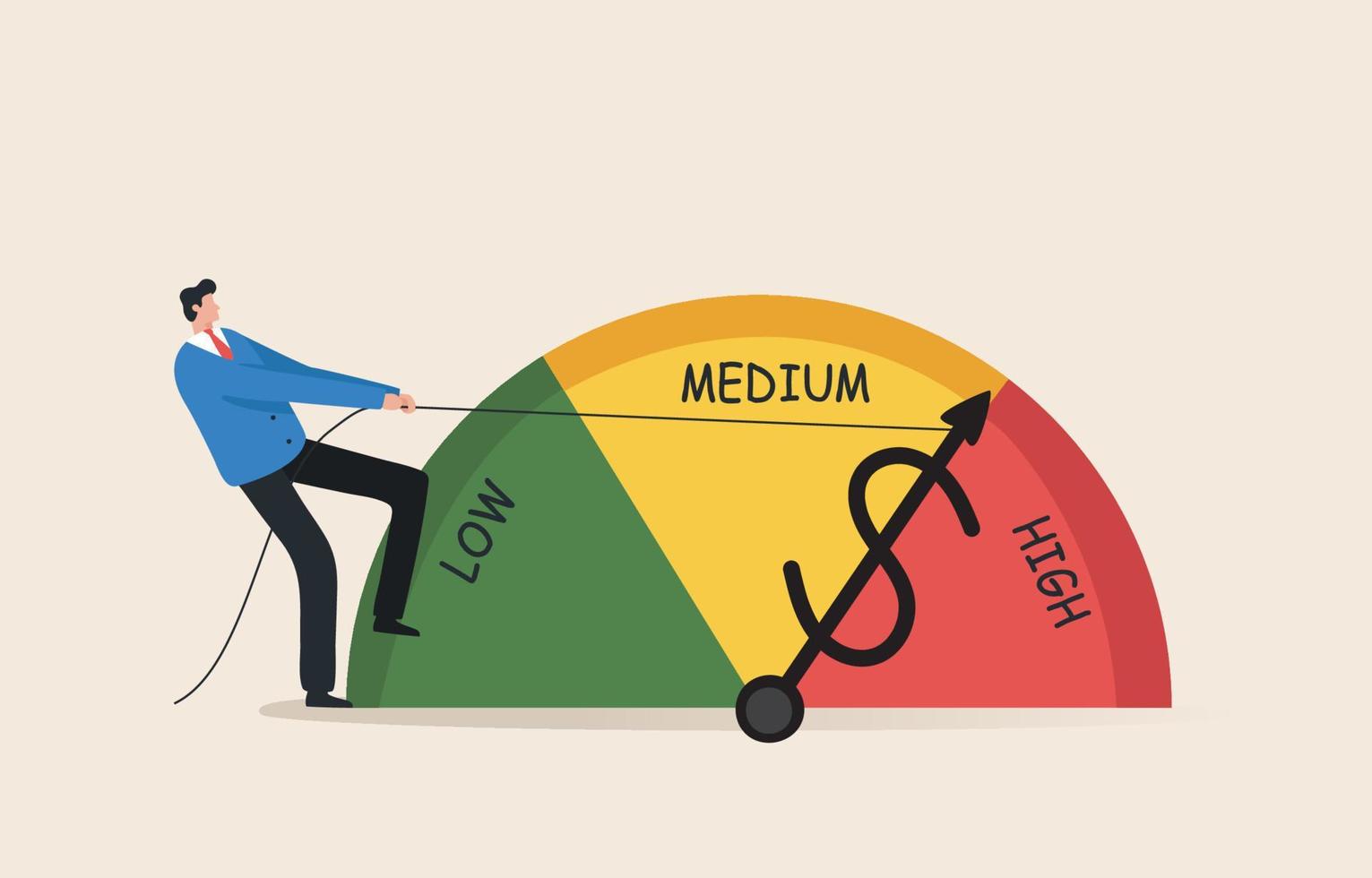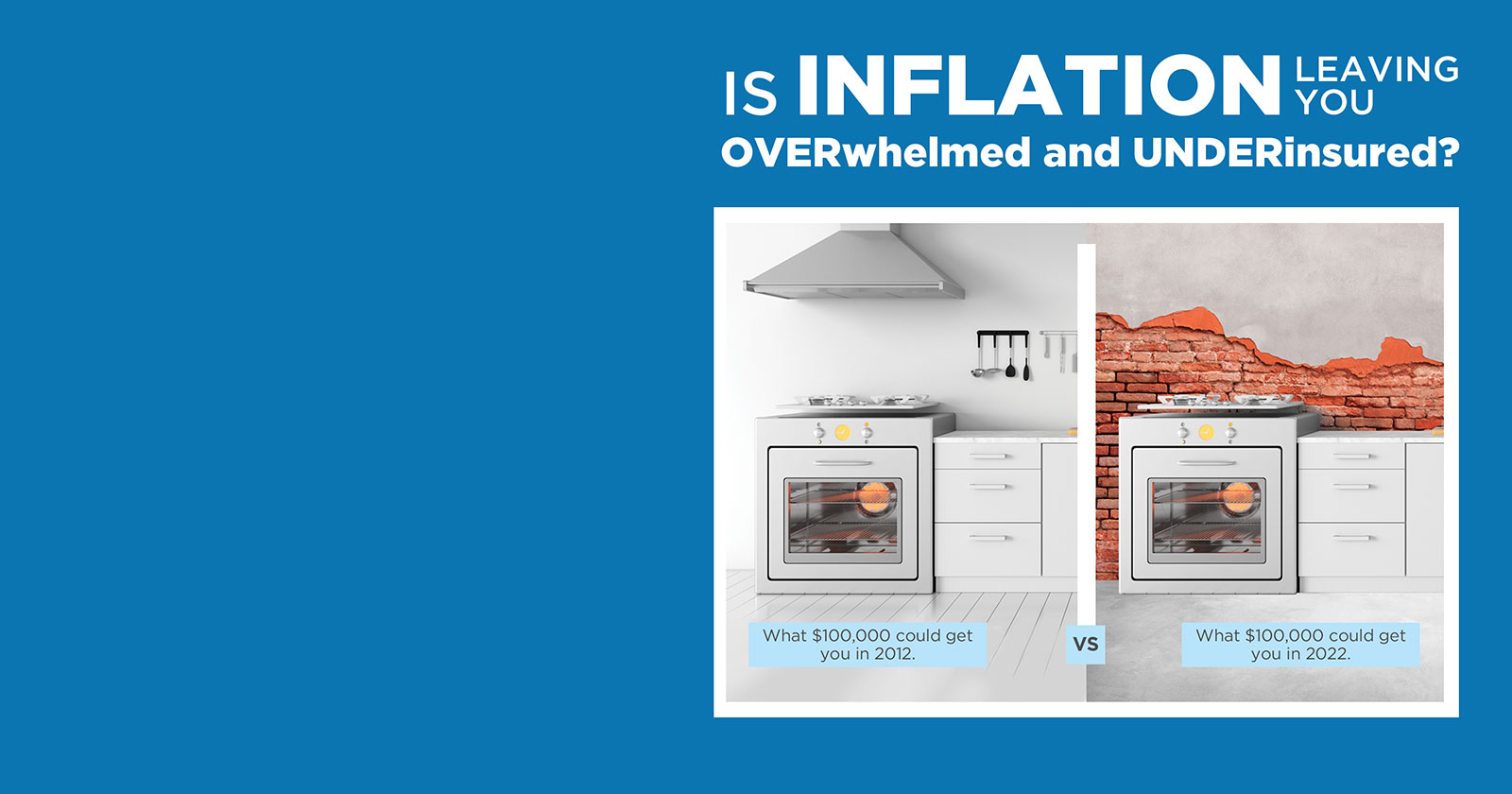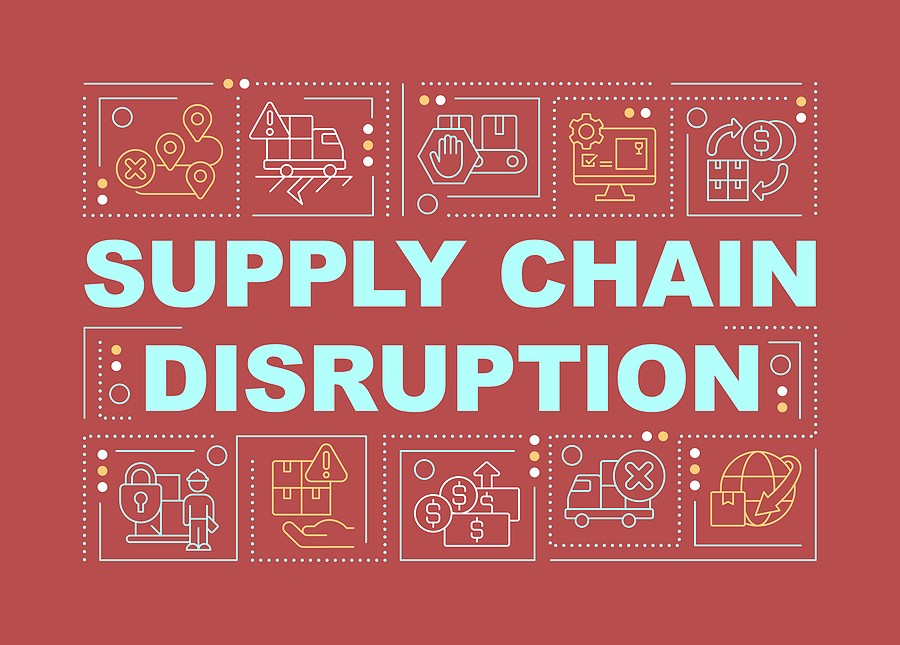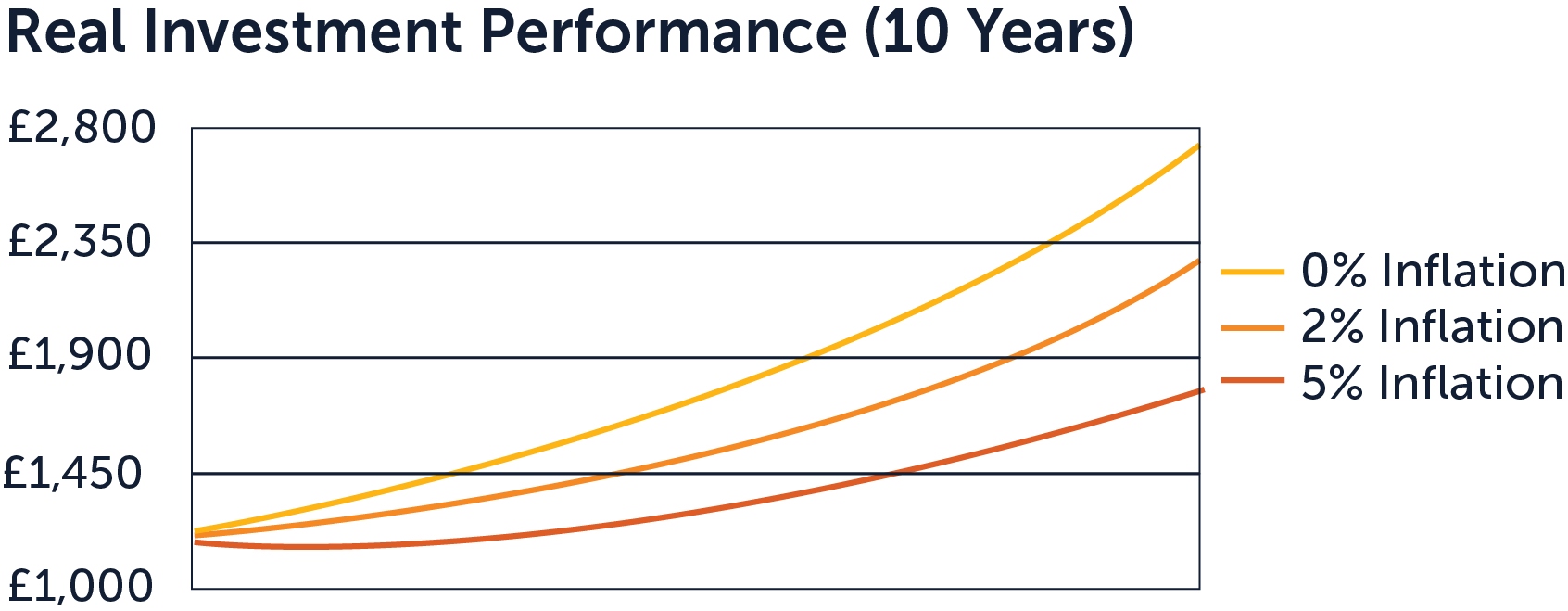LPL’s Latest Wealth Management Strategies
Navigating Market Volatility with a Focus on Diversification
LPL Financial advisors are increasingly emphasizing diversified portfolios as a key strategy to navigate the current market uncertainty. This isn’t about simply spreading investments across different asset classes, but a more nuanced approach. It involves considering various factors, including geographic diversification (investing in international markets), sector diversification (reducing exposure to any single industry), and even diversification within asset classes (choosing different types of bonds or stocks). The goal is to minimize the impact of any single negative event on the overall portfolio’s performance. Advisors are working with clients to create personalized strategies that reflect their individual risk tolerance and long-term financial goals, rather than relying on one-size-fits-all solutions.
Harnessing the Power of Tax-Efficient Investing
Tax efficiency has become a major focus in wealth management strategies at LPL. Advisors are helping clients leverage tax-advantaged accounts, such as 401(k)s and IRAs, to maximize long-term growth. Beyond simply utilizing these accounts, the conversation extends to strategies like tax-loss harvesting, where losses in one investment are used to offset gains in another, reducing the overall tax burden. This sophisticated approach requires careful planning and monitoring, something LPL advisors are equipped to handle. The aim is to allow investments to grow at their full potential, minimizing the erosion caused by taxes.
Embracing Sustainable and Responsible Investing (SRI)
The demand for sustainable and responsible investing is growing, and LPL is responding by offering clients a broader range of SRI options. This isn’t simply about avoiding “sin stocks,” but a more holistic approach that considers environmental, social, and governance (ESG) factors in investment decisions. Advisors are educating clients on the various SRI strategies available, from impact investing (investing in companies with a positive social or environmental impact) to ESG integration (incorporating ESG factors into traditional investment analysis). This allows clients to align their investments with their values while potentially achieving competitive financial returns.
Leveraging Technology for Enhanced Client Experience
LPL is embracing technology to improve the client experience and provide more efficient wealth management services. This includes sophisticated portfolio management tools that allow advisors to monitor performance and make adjustments in real-time. Furthermore, online portals and mobile apps provide clients with 24/7 access to their accounts, statements, and other important information. This enhanced transparency and accessibility are crucial for building trust and keeping clients informed about their financial progress. The focus is on utilizing technology to streamline the process and provide a more personalized and efficient service.
Personalized Financial Planning for Holistic Wealth Management
LPL advisors are moving beyond simple investment management and are embracing a more holistic approach to wealth management. This involves working with clients to develop comprehensive financial plans that consider all aspects of their financial lives, including retirement planning, estate planning, education funding, and debt management. This integrated approach ensures that clients have a clear roadmap for achieving their financial goals, regardless of market fluctuations. The personalized nature of these plans allows advisors to tailor strategies to the unique circumstances and aspirations of each client.








